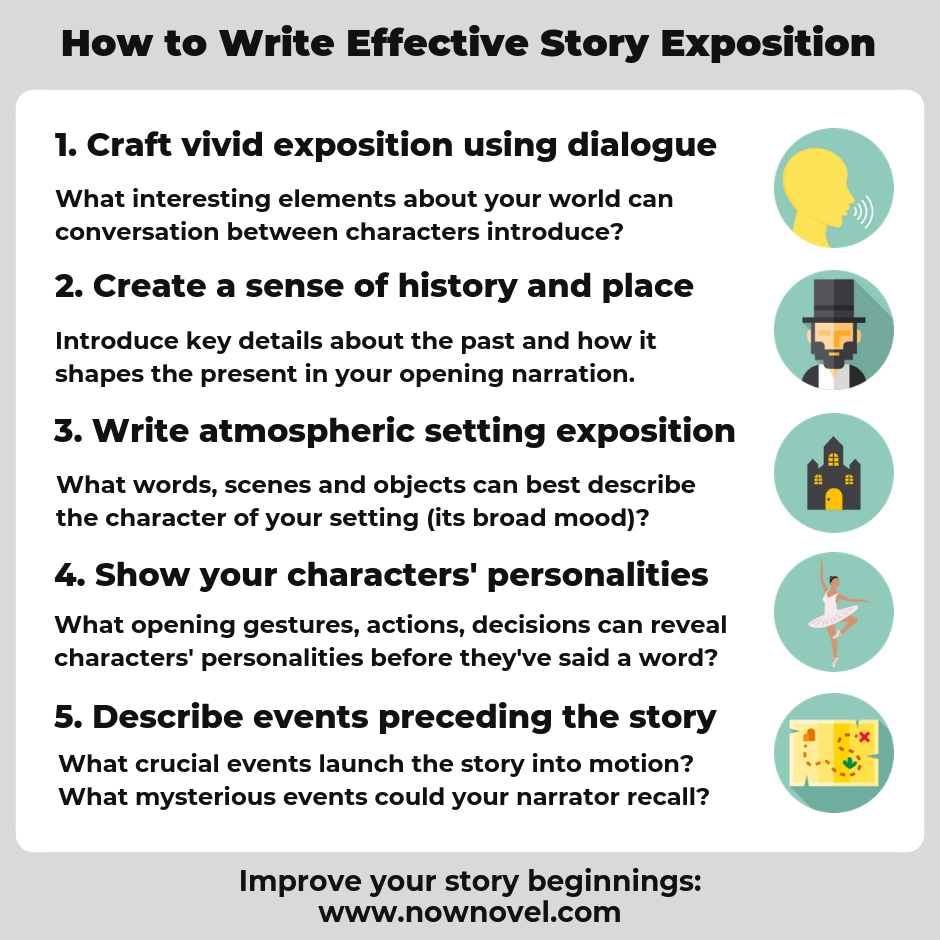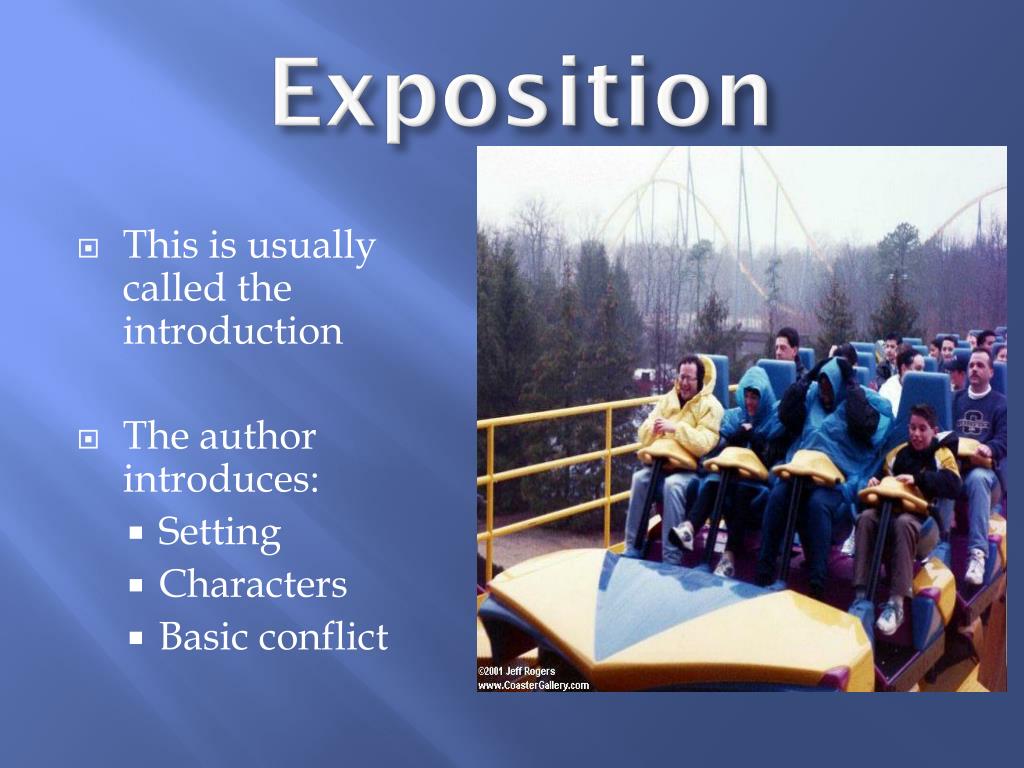

Bell, James Scott (2004), Write Great Fiction: Plot & Structure, Cincinnati: Writer's Digest Books, ISBN 1-58297-294-X.Archived from the original on 23 June 2015. FutureSpeak: a fan's guide to the language of science fiction. ^ John Ashmead Darrell Schweitzer George H.Archived from the original on 19 November 2011. ^ "papersky: Thud: Half a Crown & Incluing".".composition Frequently Asked Questions". Between the Lines: Master the Subtle Elements of Fiction Writing. Modes of Discourse: The Local Structure of Texts. ^ Kaplan SAT Subject Test: Literature 2009–2010 Edition.Writers are advised to avoid writing dialogues beginning with "As you well know, Professor, a prime number is." See also

In an idiot lecture, characters tell each other information that needs to be explained for the purpose of the audience, but of which the characters in-universe would already be aware. She defined it as "the process of scattering information seamlessly through the text, as opposed to stopping the story to impart the information." "Information dump" (or info-dump) is the term given for overt exposition, which writers want to avoid.

The word incluing is attributed to fantasy and science fiction author Jo Walton. Kipling's writing influenced other science fiction writers, most notably the "Dean of Science Fiction", Robert Heinlein, who became known for his advanced rhetorical and storytelling techniques, including indirect exposition. But this was relatively subtle, compared to Kipling's science fiction stories, where he used the technique much more obviously and necessarily, to explain an entirely fantastic world unknown to any reader, in his Aerial Board of Control universe. In his stories set in India like The Jungle Book, Kipling was faced with the problem of Western readers not knowing the culture and environment of that land, so he gradually developed the technique of explaining through example. Indirect exposition has always occurred in storytelling incidentally, but is first clearly identified, in the modern literary world, in the writing of Rudyard Kipling. This can be done in a number of ways: through dialogues, flashbacks, characters' thoughts, background details, in-universe media, or the narrator telling a backstory. The idea is to clue the readers in to the world the author is building without them being aware of it. Indirect exposition, sometimes called incluing, is a technique of worldbuilding in which the reader is gradually exposed to background information about the world in which a story is set. Exposition works best when the author provides only the bare minimum of surface information and allows the readers to discover as they go. There are cases where an information dump can work, but in many instances it slows down the plot or breaks immersion for the readers. This is ill-advised in narrative and is even worse when used in dialogue. In fiction Īn information dump (or infodump) is a large drop of information by the author to provide background they deem necessary to continue the plot. Although the expository writer isn't primarily taking a stand on an issue, they can't-and shouldn't try to-keep their opinions completely hidden. In exposition, as in other rhetorical modes, details must be selected and ordered according to the writer's sense of their importance and interest. Behind all the details lies an attitude, a point of view. However, no essay is merely a set of facts. To expound is to set forth in detail, so a reader will learn some facts about a given subject. Īn expository essay is one whose chief aim is to present information or to explain something. It should clearly inform readers about a specific subject. In essays Īn expository paragraph presents facts, gives directions, defines terms, and so on. Exposition is one of four rhetorical modes (also known as modes of discourse), along with description, persuasion, and narration, as elucidated by Alexander Bain and John Genung. In literature, exposition appears in the form of expository writing embedded within the narrative. This information can be about the setting, characters' backstories, prior plot events, historical context, etc. Narrative exposition is the insertion of background information within a story or narrative.

For other uses, see Exposition (disambiguation).


 0 kommentar(er)
0 kommentar(er)
